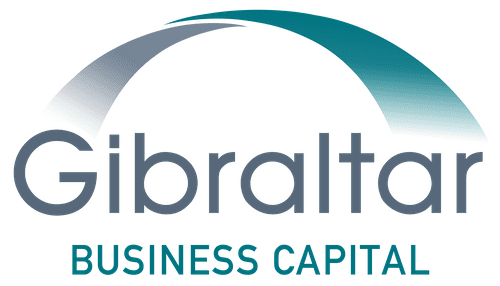The true value of asset-based lending (ABL) is rooted in its creativity and flexibility.
With the right framework, businesses, especially those in special situations, can unlock new sources of capital thanks to ABL’s reliance on company asset value rather than strict financial performance metrics.
While there is inherent flexibility in an ABL financing structure, astute leaders know additional flexibility and liquidity can be quickly discovered for their business when they are well prepared before engaging with lenders.
Below, we dive into three strategic tips to effectively engage asset-based lenders to establish a solid financing partnership. We also provide more detailed resources for those looking to explore the ABL ecosystem further.
1. Set the Right Foundation
The path from initial engagement to a successful partnership with an asset-based lender starts with clear communication, transparency, and prompt, thorough responses to requests for information. Businesses facing challenges must be upfront. Asset-based lenders understand companies face various financial circumstances and are experienced in supporting businesses during transitions to overcome these challenges.
Providing prompt responses to requests for information from the lender and being clear in your communication demonstrates your trustworthiness as a borrower. A borrower’s ability to assess the reliability of asset-based lenders and reciprocate with transparency and collaboration creates lasting and successful partnerships.
2. Master the Financial Performance Narrative
Lending teams value accessible, well-organized, and detailed monthly reporting packages. Comprehensive financial information packages should include detailed and full financial statements, a cash-flow analysis (including a 13-week projection), and management’s discussions of the results.
Beyond the baseline requirement of a well-documented financial package, reviewing and discussing financial performance with your asset-based lender is a critical opportunity to establish confidence and understanding of your business. A compelling narrative and insights into the company’s financial health and potential can support a successful relationship.
Many businesses seeking asset-based lending are in some form of special circumstance, so much of the lending decision is based on your ability to educate the lending team about your business, present a well-structured narrative about how you plan to steer the company toward success, and discuss market forces and expected performance fluctuations.
3. Understand your Collateral and Borrowing Base
Assets typically pledged as collateral to establish an asset-based credit facility may include accounts receivable, inventory, machinery and equipment, and real estate. The quality and value of your assets to be leveraged as collateral directly impact your borrowing base, a fundamental concept in asset-based lending.
Borrowers should have accurate, up-to-date status on their collateral values. Providing proper background about your collateral is critical as that’s one element borrowers can influence. The borrowing base is a formula leveraged by asset-based lenders that applies advance rates to the collateral values and drives the total amount of funding a borrower can access at any time.
In addition to keeping accurate, up-to-date documentation on collateral, company leadership should be prepared to discuss any nuances of accounts receivable and inventory management practices and controls. These conversations will present an opportunity to showcase your company’s commitment to strong working capital management and set the stage for optimizing your borrowing base availability.
Questions about accounts receivable management include discussions about customer concentrations, credit policies, past due balances, and other factors impacting statements receivable health. With regard to inventory management, the discussion will encompass elements such as forecasting, categorization, supply chain dependencies, tracking and counting, technology integration, and general inventory controls. Businesses should also be prepared to have their collateral audited (field exam).
Putting it all Together: Engaging ABL Lenders
There’s an art and a science to engaging with asset-based lenders and their partners, which is one of the central benefits of this financing model. It’s designed to mold to the specific needs of your business.
ABL is flexible and built to provide creative, outside-the-box lending opportunities that often can’t be found in the traditional, regulated lending market. By adhering to the tips above, businesses can be well-equipped to proactively and positively impact their financing success.
To learn more, consider visiting our resource center or downloading our Guide to Achieving the Benefits of Asset-Based Lending, found on our home page at www.gibraltarbc.com.
If you’d like to explore your options or talk to someone personally to learn more, please contact our expert sales team.


